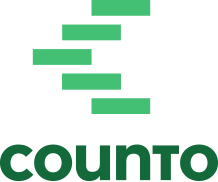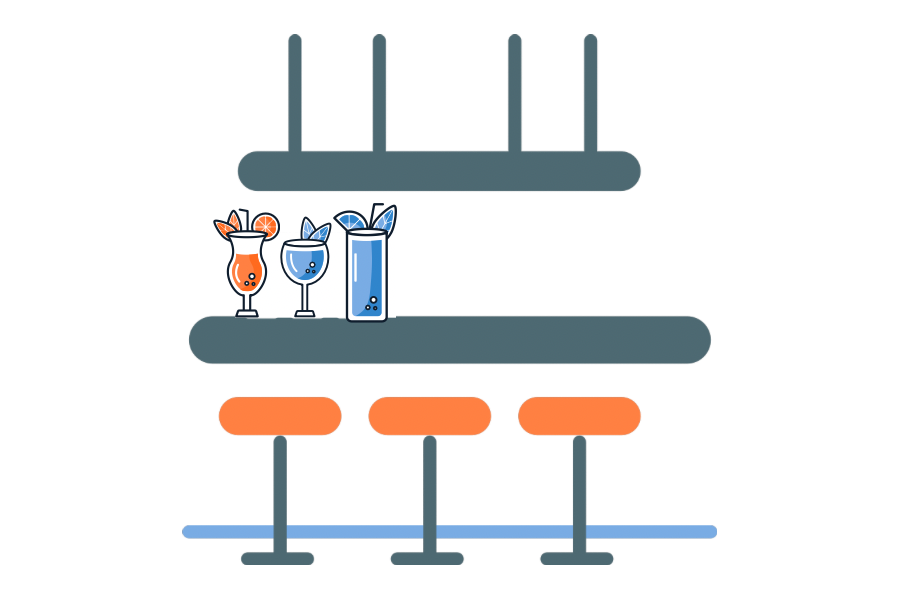Mastering the Chart of Accounts: A Comprehensive Guide for Small Businesses in Singapore
Managing a small business involves keeping a keen eye on financial transactions, ensuring regulatory compliance, and making informed decisions. One of the foundational tools for achieving this is a well-structured chart of accounts (COA). This guide will help you understand what a chart of accounts is, why it’s essential, and how to set it up effectively for your business in Singapore.
What is a Chart of Accounts?
A chart of accounts (COA) is a structured listing of all the financial accounts in a company’s general ledger. It serves as the backbone for organising and categorising all financial transactions, facilitating accurate financial reporting and analysis. The COA typically includes accounts for assets, liabilities, equity, income, and expenses.
Why is a Chart of Accounts Important?
1. Assets: A COA helps businesses maintain organised financial records. By categorising transactions into specific accounts, it becomes easier to track income and expenses, leading to better financial management.
2. Accurate Financial Reporting: With a well-structured COA, generating accurate financial reports, such as income statements and balance sheets, becomes straightforward. This accuracy is crucial for decision-making and maintaining transparency with stakeholders.
3. Compliance: For businesses in Singapore, maintaining an accurate COA ensures compliance with local tax regulations and accounting standards. It simplifies the process of preparing financial statements required by regulatory authorities like the Inland Revenue Authority of Singapore (IRAS).
4. Financial Analysis: A detailed COA allows businesses to perform in-depth financial analysis. By examining specific accounts, businesses can identify trends, manage budgets, and make informed financial decisions.
✅ Explore Counto’s all-inclusive accounting plans—designed to cover everything from multi-currency bookkeeping to unlimited transactions and corporate tax filing, all without hidden fees. Learn more about our accounting services here.
Components of a Chart of Accounts
A typical COA is divided into several categories, each representing a different aspect of the business’s financial activities. Here are the primary categories:
1. Assets: Assets are resources owned by the business that have economic value. They are divided into:
- Current Assets: Cash, accounts receivable, inventory.
- Non-Current Assets: Property, equipment, long-term investments.
2. Liabilities: Liabilities represent obligations that the business owes to external parties. These include:
- Current Liabilities: Accounts payable, short-term loans.
- Long-Term Liabilities: Mortgages, bonds payable.
3. Equity: Equity accounts reflect the owner’s interest in the business. This includes common stock, retained earnings, and additional paid-in capital.
4. Income: Income accounts track the business’s revenue streams, such as sales revenue, service income, and interest income.
5. Expenses: Expense accounts record the business’s expenditures. These are divided into:
- Operating Expenses: Rent, salaries, utilities.
- Non-Operating Expenses: Interest expense, tax expense.
Setting Up a Chart of Accounts
1. Determine Your Needs: Identify the specific needs of your business. Consider the types of transactions you will be recording and the level of detail required for reporting and analysis.
2. Choose Account Codes: Assign a unique code to each account for easy identification. A common practice is to use a numbering system where each category has a specific range of numbers (e.g., assets: 1000-1999, liabilities: 2000-2999).
3. Categorise Accounts: Group similar accounts together under the main categories. For example, under assets, you might have cash, accounts receivable, and inventory as sub-accounts.
4. Maintain Flexibility: Ensure that your COA is flexible enough to accommodate future growth. You may need to add new accounts as your business expands or its financial activities become more complex.
5. Regular Review: Periodically review and update your COA to ensure it remains relevant and efficient. This helps in keeping your financial records accurate and up-to-date.
Best Practices for Managing Your Chart of Accounts
1. Keep It Simple: Avoid creating too many accounts that can make financial management cumbersome. Aim for a balance between simplicity and detail.
2. Consistency: Use consistent naming conventions and numbering systems to maintain clarity and avoid confusion.
3. Documentation: Document your COA structure and guidelines for future reference. This is particularly useful for new employees or accountants who need to understand your financial setup.
4. Utilise Software: Leverage accounting software, which offer templates and tools for setting up and managing your COA effectively.
Summary
A well-structured chart of accounts is essential for the smooth financial management of any business. It not only helps in organising financial data but also ensures accurate reporting and compliance with regulatory requirements. By understanding and implementing an effective COA, SMEs, small business owners, and entrepreneurs in Singapore can better manage their finances and support their business growth.
Experience the Counto advantage
Counto is the trusted provider of accounting, tax preparation and CFO services for startups and SMEs. Get accounting plans that combine bookkeeping with corporate tax filing to help you stay compliant at an affordable price. To learn more, speak to us directly on our chatbot, email us at [email protected], or contact us using this form.
Here are some articles you might find helpful:







